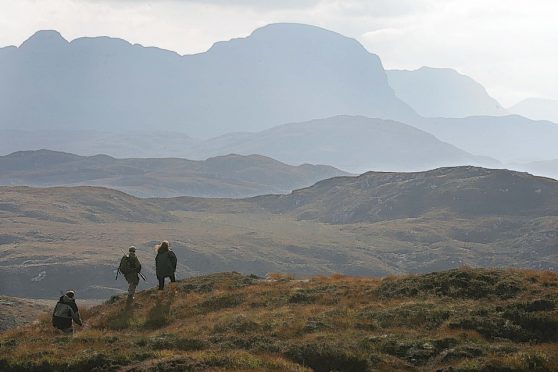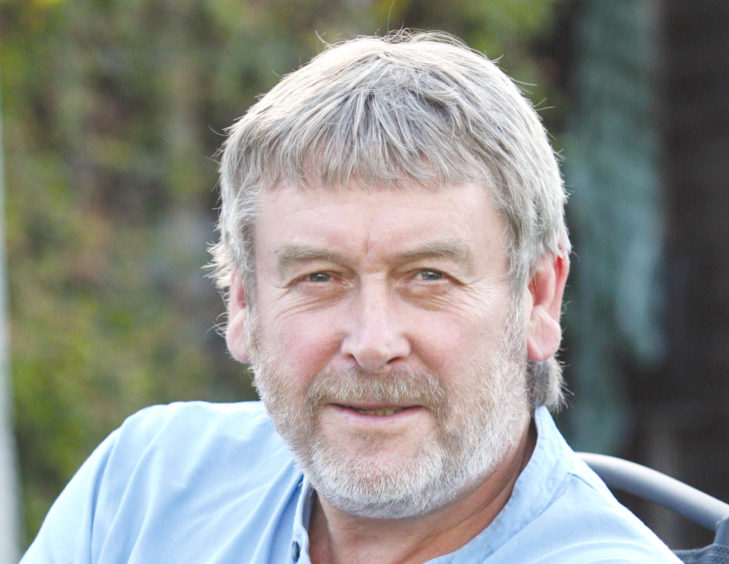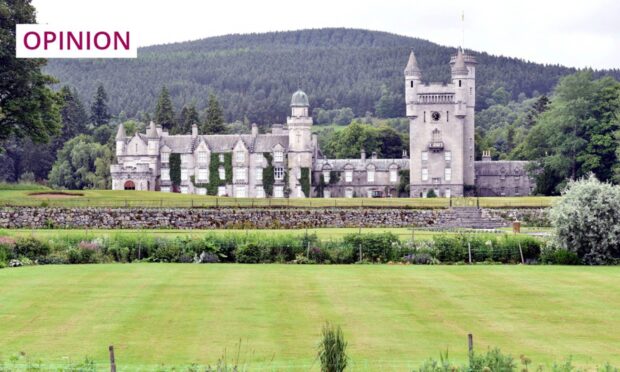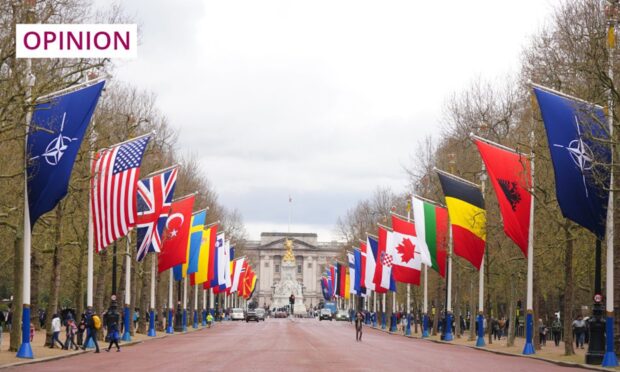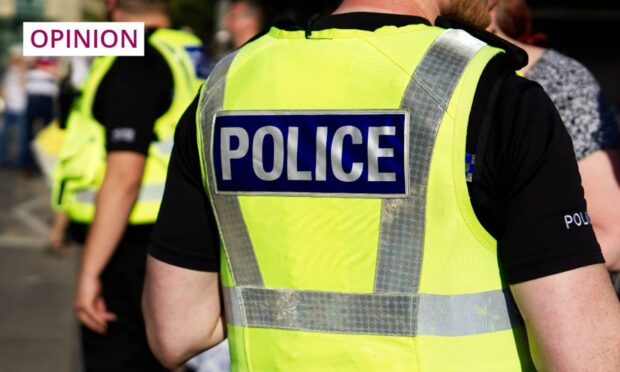Owners of large estates may have felt embattled recently, as their historical and contemporary roles have come under renewed scrutiny.
Last month, research undertaken in Glasgow and Coventry universities was published. It established a link between those enriched by Caribbean and North American slavery, and the Highland Clearances. They bought 33.5% of the West Highlands and Islands, from Islay north, largely between 1790 and 1855.
They often brought an approach to human resources influenced by the plantation economy, as the paper calculated that at least 5,000 were cleared by this new slavery elite. But it concluded that when indigenous families with slavery interests were included, it would be tens of thousands.
The work was widely reported, even by the prestigious Smithsonian Magazine, the official journal of the Smithsonian Institution, which claims to be “The world’s largest museum, education and research complex”.
Exposure of this cruel circle connecting clearance and slavery is not something today’s Scottish landowners would have enjoyed, at a time the world has been “taking the knee”.
It is unlikely to be forgotten. A motion by Western Isles MSP Alasdair Allan has been tabled in the Scottish Parliament with cross-party support.
It recognises the importance in exposing how slavery wealth contributed to today’s patterns of landownership – “…and notes the calls for a discussion of an appropriate permanent memorial for these historic connections and their impact on peoples in Africa, the Caribbean and the Highlands and Islands.”
About this time, the Scottish Government announced that grouse-shooting would soon be controlled by a strict licensing regime, because of associated persecution of protected birds of prey. This includes egg theft, nest disturbance, poisoning, shooting and trapping.
According to RSPB Scotland, there were 28 such incidents in 2019, including the disappearance of satellite-tagged golden eagles and hen harriers on grouse moors. A report by Scottish Natural Heritage concluded that a third of satellite-tagged golden eagles had disappeared suspiciously. Prosecutions are rare. This is not surprising. Poisoning carrion for the consumption by raptors, is not something you would do on a village green.
A lonely hillside is more likely. This is where dead raptors are often found. If that is by those responsible, they are unlikely to report it. The dearth of prosecutions and recent declines in this type of wildlife crime have led supporters of grouse-shooting to claim ministers are presuming the guilt of landowners, jeopardising hundreds of rural jobs. But apart from the owners of grouse moors and their employees, who has any interest in removing birds of prey which kill young grouse?
Perhaps the odd farmer worried about lambs, but few others. The day this was being announced, Community Land Scotland (CLS) launched its manifesto for the next Holyrood elections. In it the representative body for community land owners called for a new land reform act.
This would give ministers powers to stop sales of large estates if they are not in the public interest, and to break up existing local land monopolies if they similarly fail public interest tests. The need for this, CLS argued, was underlined by the finding of a Scottish Land Commission in 2019 which documented tenants’ fear of repercussions for “going against the landowner” which could result in eviction or blacklisting.
The landowners dismissed this as CLS rhetoric. But it is known that the land commission felt anonymity had to be offered to respondents, to establish the true facts of estate life. Meanwhile this morning sees the publication of a discussion document on the impact of huge private estates and land monopolies on local communities. The land commission board discussed the subject last week. It is by leading economist, Mike Danson, Professor Emeritus of Enterprise Policy at Heriot Watt University.
He found the value private landlords attach to their exclusive ownership of large estates often offends against classical economic theory. Local residents, communities and the wider Scottish public lose as a consequence. It can “stultify enterprise” thereby limiting job creation, and restrict access to necessary resources such as house sites.
It is far from a left-wing paper. It owes more to liberal economics, than it does to Marxism. It is published by CLS, as was the slavery study. Along with the manifesto, the papers pose questions about current landownership in much of rural Scotland – from its very foundations, to whether the system works today. Only about 3% of Scottish land is under the community ownership which CLS represents. But around 18% is used for grouse-shooting alone, never mind the vast tracts reserved for private deer stalking. Which offers more hope for Scotland’s future?
David Ross is a veteran Highland journalist and author of an acclaimed book about his three decades of reporting on the region
